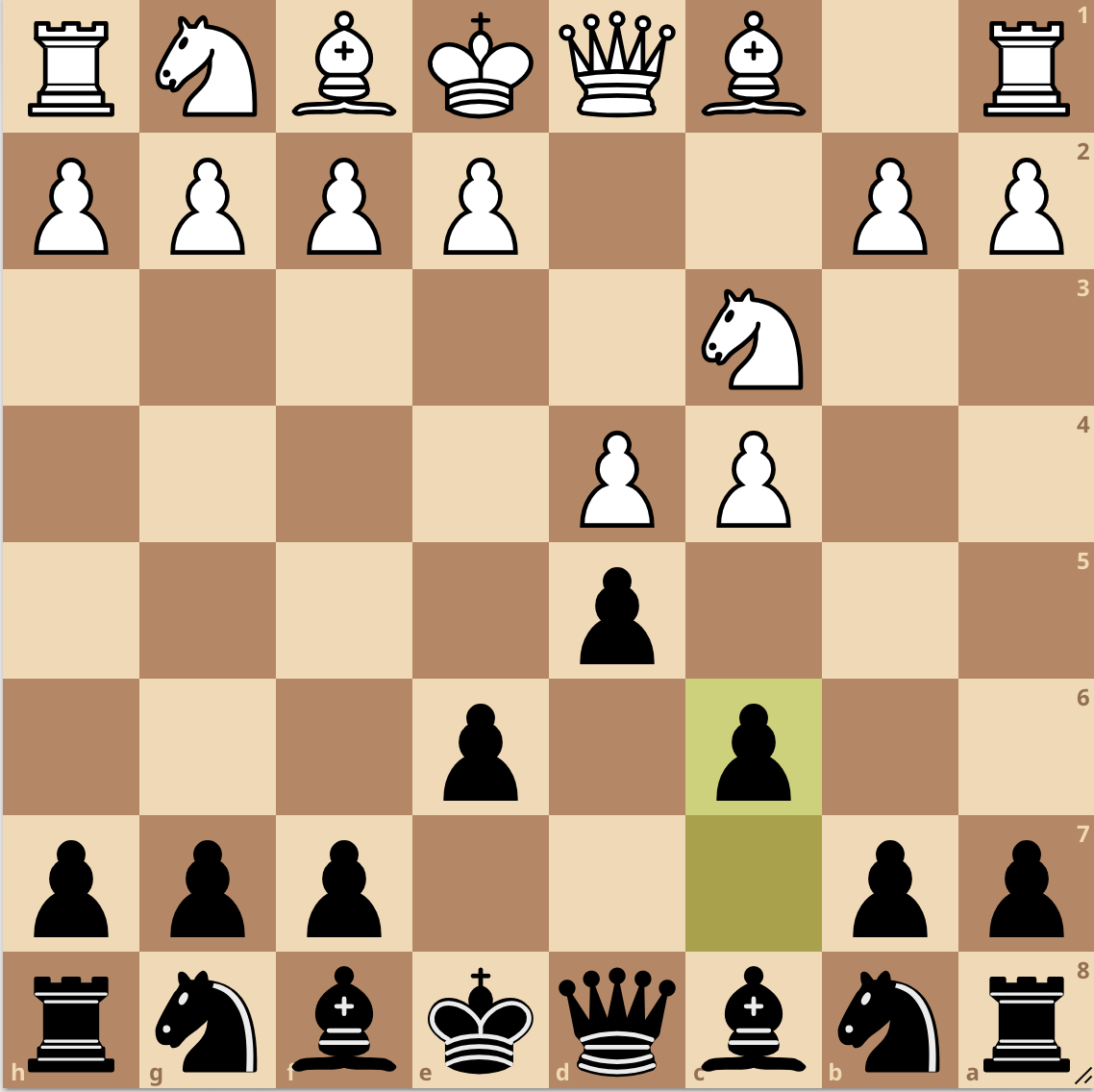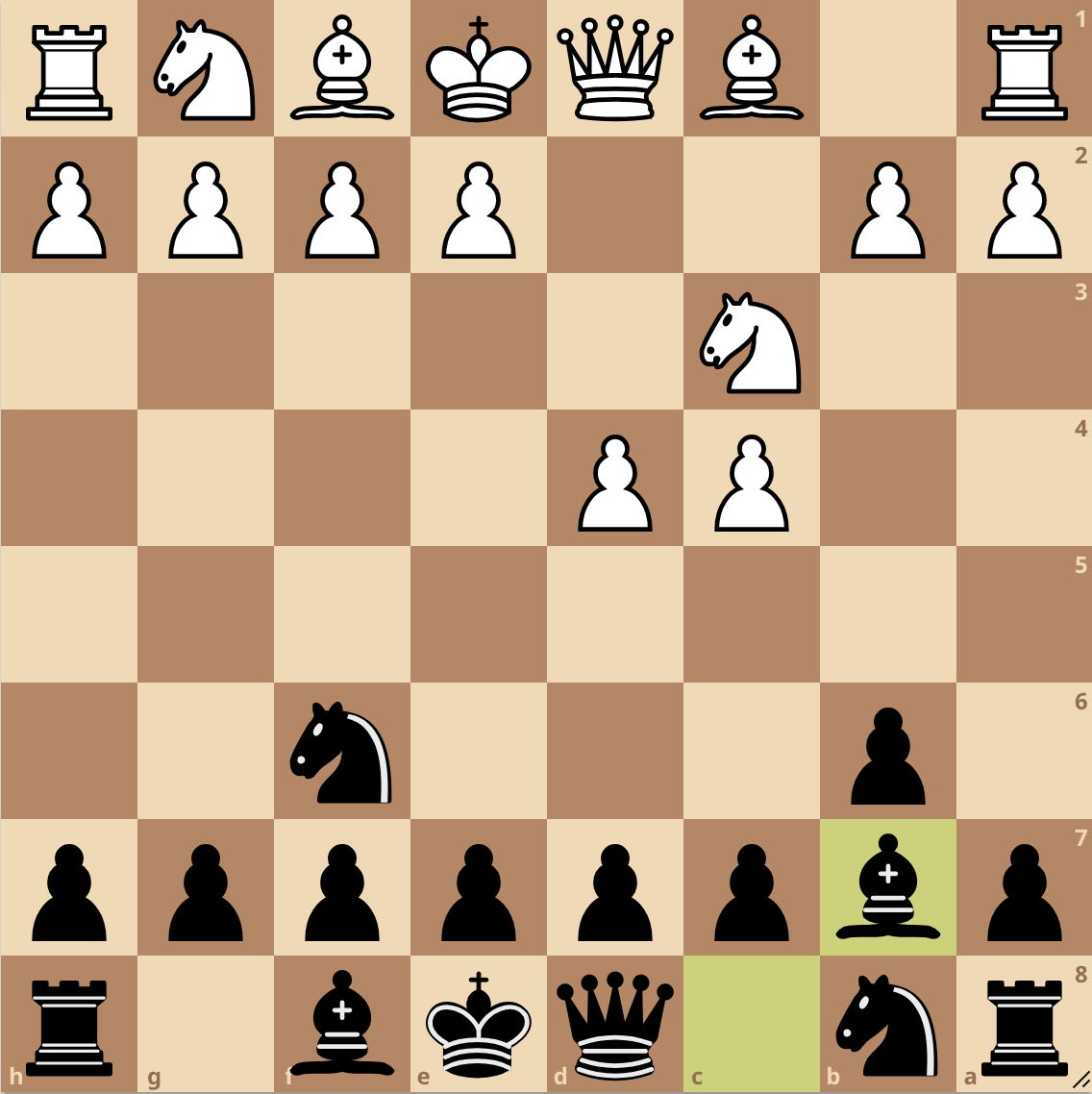There’s an ongoing quest to reduce everything to mathematics. It’s part of the reason we’re in a dark age. Seems like a good time to ask the question: is everything quantifiable? Were the Pythagoreans correct in saying that “All is number”?
Consider three statements:
1 Alice is taller than Bob.
This claim is easy to quantify. Alice and Bob have bodies that are composed of atoms which take up space—they exist in the geometric realm. To figure out whether Alice is taller than Bob, count the number of geometric units from the bottom of the feet to the top of the head. If A > B, then Alice is taller than Bob. Simple.
2. Alice is happier than Bob.
This claim is harder to quantify. “Happiness” does not seem to exist in the geometric realm—it’s more mental than physical, and the mental is notoriously hard to quantify. There aren’t happiness-units that we know of. But let’s try.
Suppose that we create a new type of scanner. By pointing it at someone, you can “see” some underlying brain and neurological activity and detect chemicals like dopamine and serotonin. Perhaps there isn’t a specific happiness-unit that you can count, but there are a bunch of corresponding things you can—good enough to reliably predict that somebody is “happy” or “not happy” depending on the readout of the scanner.
In that situation, we could say that for practical purposes happiness is quantifiable, because we have a happiness-meter which could reliably measure the quantifiable aspects of happiness.
3. Alice is more virtuous than Bob.
This claim is quite difficult to quantify. Virtue does not appear to be geometric nor a description of a body-state. It’s very abstract.
When we say that Alice is virtuous, what does that mean? What are we describing?
I don’t know how to describe it precisely. It’s an abstract relationship between a person, their actions, and their environment. It rests in the moral, ethical, spiritual, and intellectual dimensions that intersect with the geometric/physical but is not reducible to it.
Can we imagine scanning Alice with a virtue-meter, like we scanned her for happiness? Are their enough corresponding physical states? Instead of dopamine, might we find virtuamine?
Probably not. Perhaps we could some day, but it’s so speculative that it feels silly. I think the reason is this:
The more abstract something is, the more difficult it becomes to quantify.
Virtue is more abstract than happiness; happiness is more abstract than height. The further up the abstraction chain, the less quantifiable—perhaps by definition.
Being abstract and non-quantifiable doesn’t imply being less real. Virtue is just as real as height. Abstract stuff is just as real as concrete stuff. It just isn’t quantifiable.
It’s one thing to say, “In theory, we might some day be able to quantify virtue.” It’s quite another to say, “Hey guys, here’s my virtue scanner that I developed with the most sophisticated modern technology!” Anybody claiming such a thing in 2023 does not understand the complexity problem.
Unfortunately, that’s the type of mistake that is currently plaguing modern thought—the premature application of mathematics to domains which are too complex for quantification. Biology, economics, epidemiology—scientists are way too quick to develop mathematical models, and they end up oversimplifying the world to an absurd degree. Statistical reasoning generally is shot throughout with these kind of abstraction/quantification errors.
Non-mathematical reasoning is far less impressive to the modern mind, but it accounts for more complexity; it sits higher in the abstraction hierarchy. Eventually we’ll figure this out.

